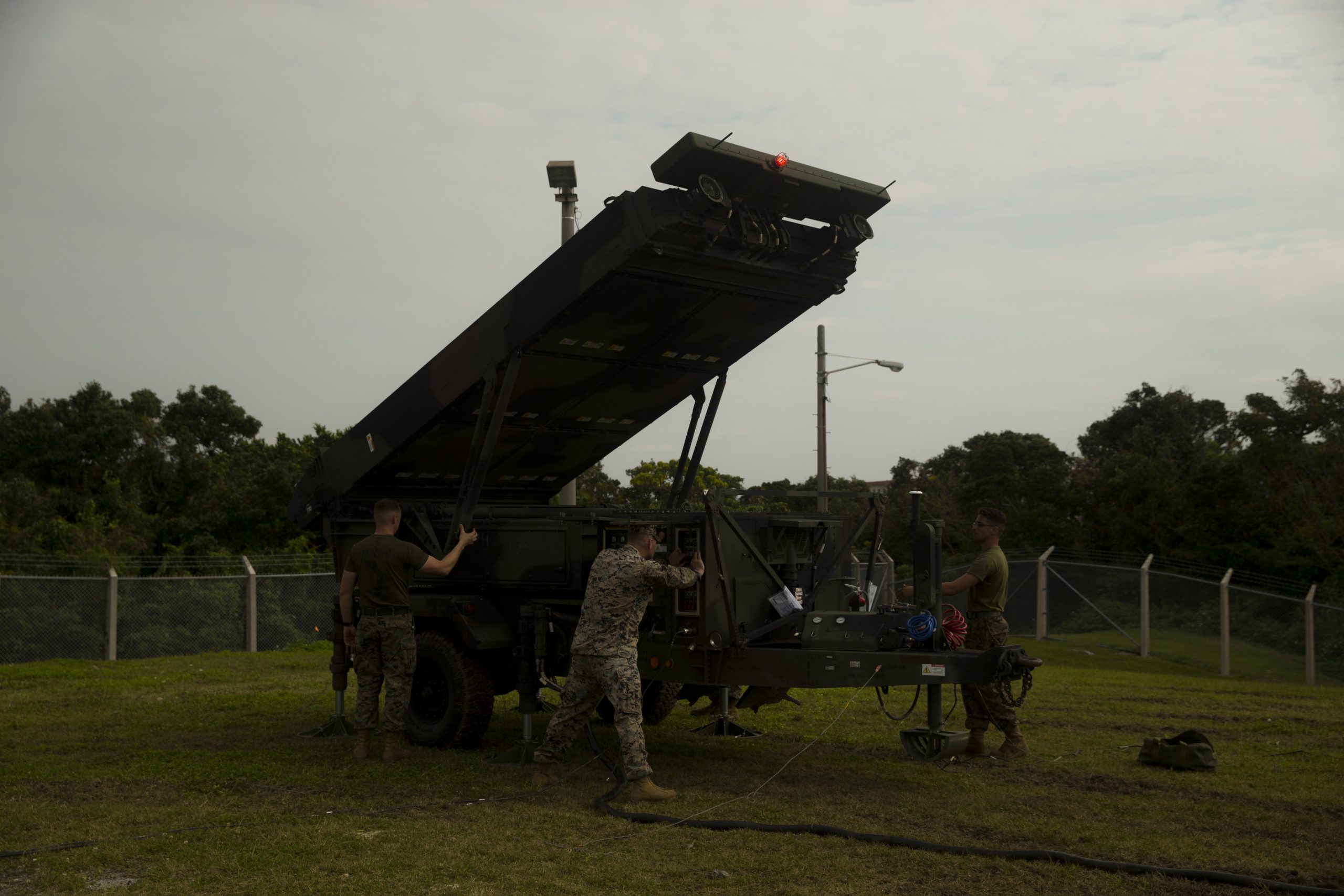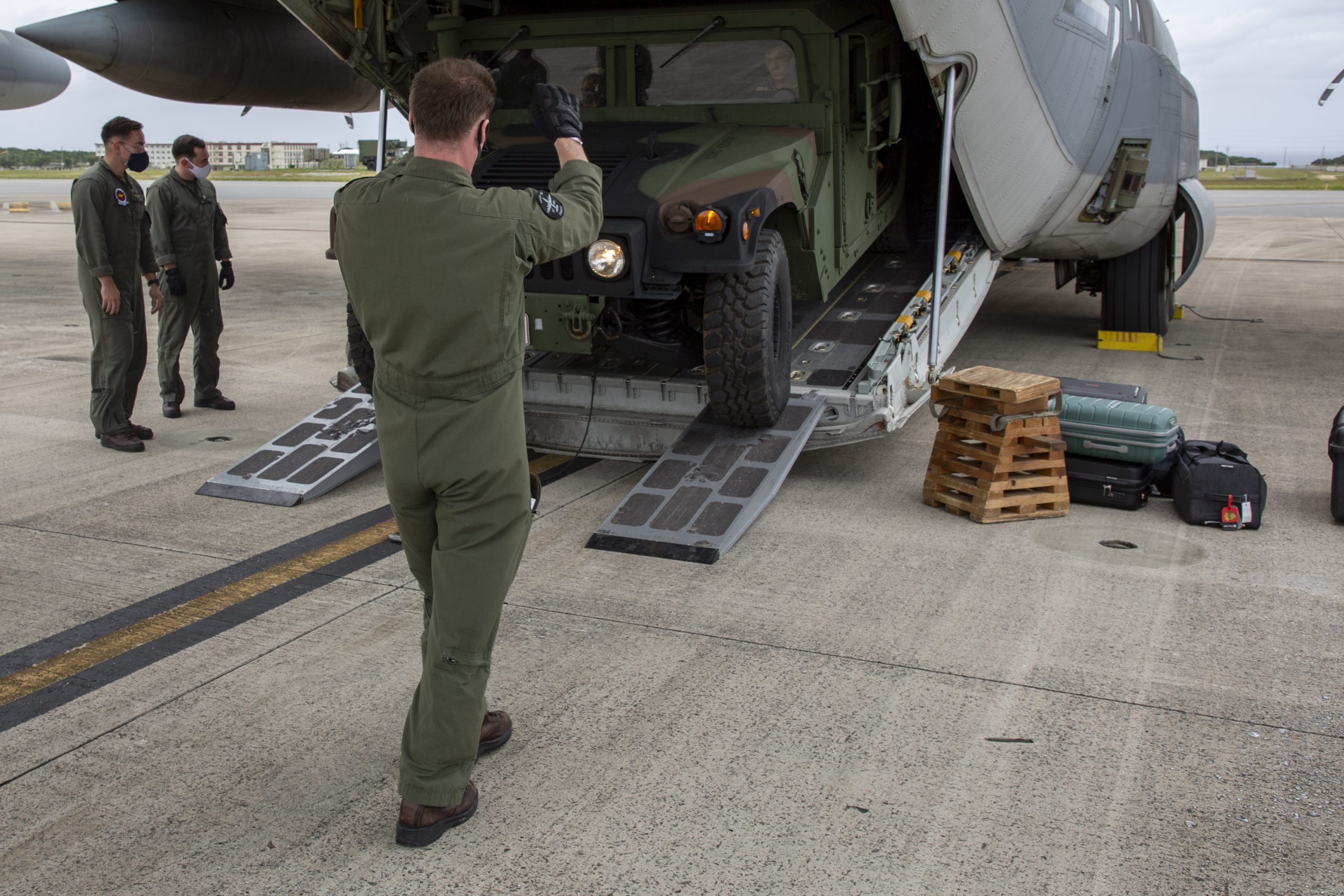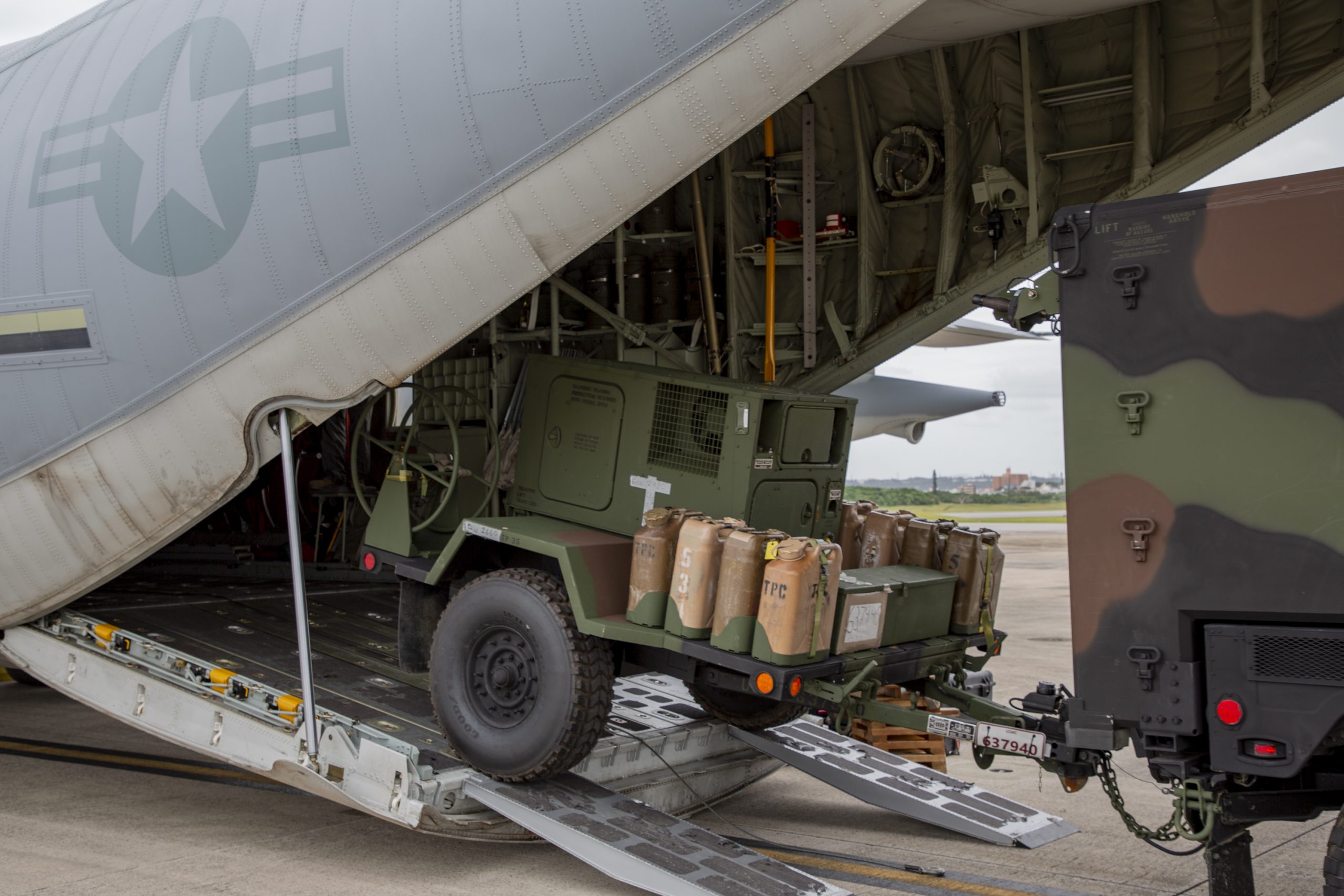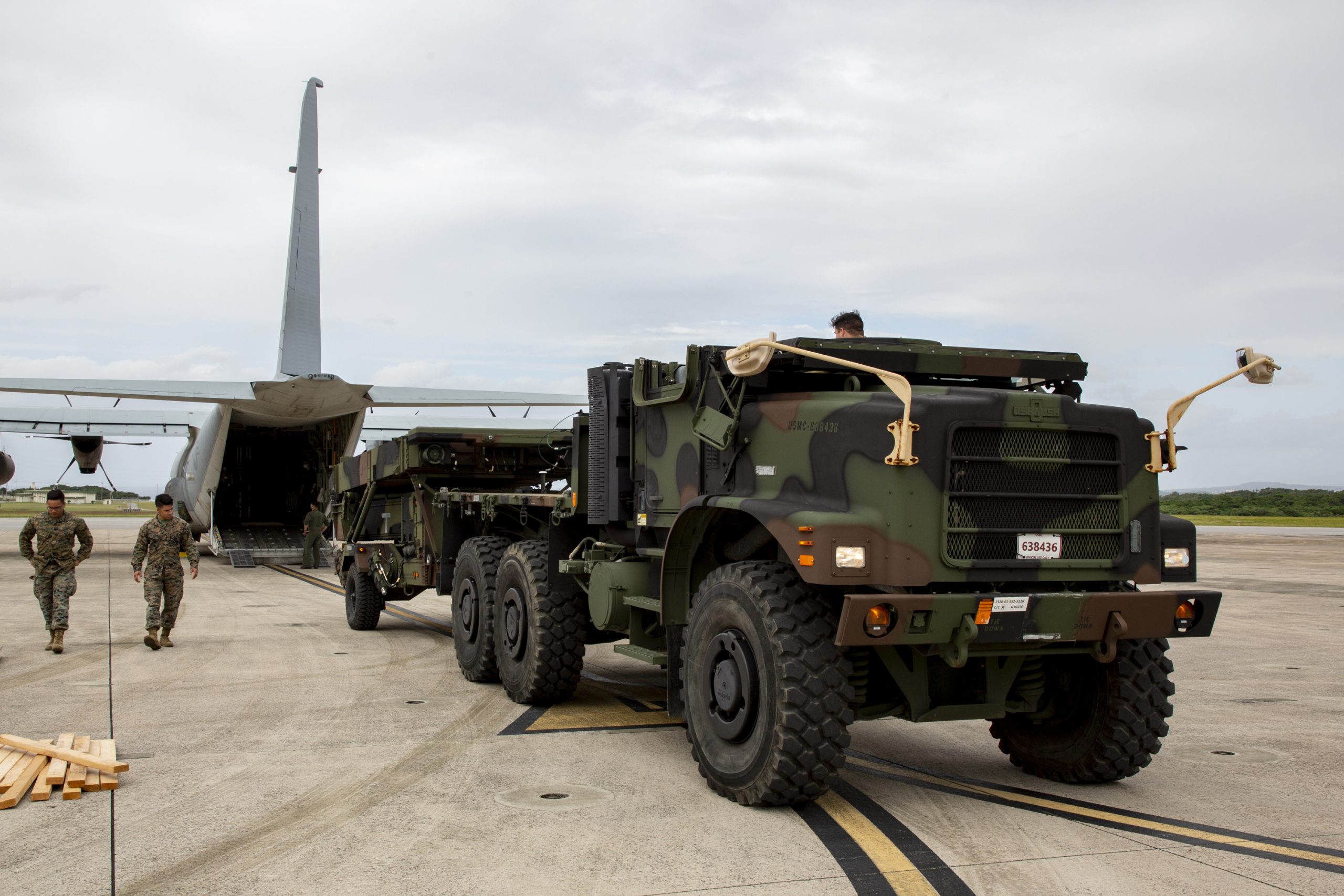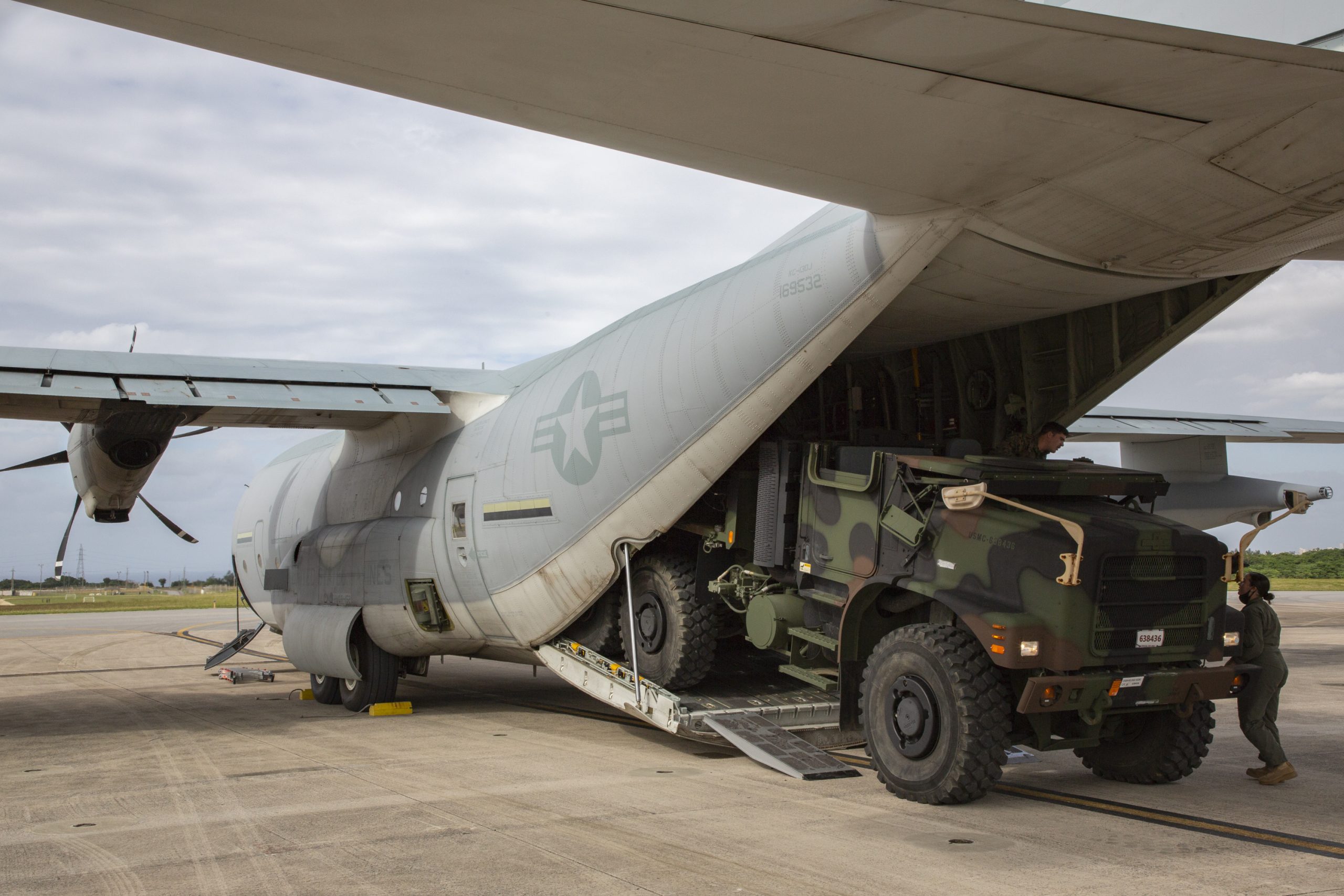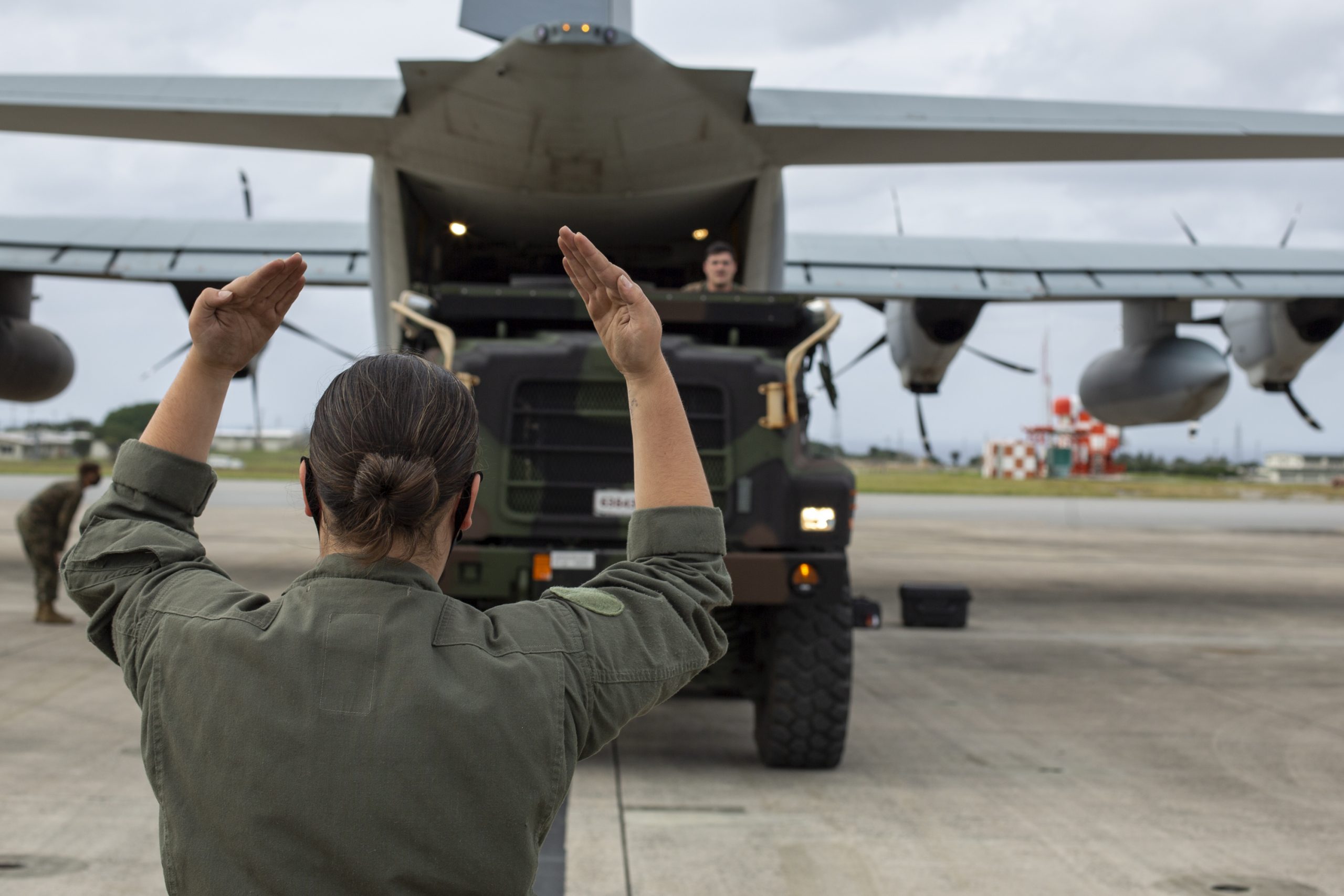By Robbin Laird
The Marines are re-focusing their efforts from the Middle East land wars to shaping their way ahead to build a purpose-built force to facilitate sea denial and assured access in support of fleet and joint operations against potential adversaries.
One way they are doing this is working with the U.S. Navy in new ways to operate together.
Because the U.S. Navy is itself undergoing fundamental change as they return to a clear priority on blue water operations and littoral engagements, this means that the Marines are changing with a sense of urgency while the Navy is itself.
It is really an interactive engagement exploring ways to shape more effective crisis management and combat capabilities to deal with strategic competition.
During my visit to 2nd Marine Air Wing in July 2021, I had a chance to discuss the evolving approach with the G-3 or operations team at 2nd MAW.
I met with Col. Eilertson, the head of G-3, Maj. Barnes, the G-3 Future Operations Officer which involves the planning and engagement in exercises, and Col. (Ret.) Michael Watkins, the newly appointed senior civilian advisor in G-3.
We focused most of our discussion on the upcoming Naval exercise to be held in August.
This exercise will focus on a variety of operational vignettes testing out a variety of ways the Navy and the Marines can work together in enhance joint maritime littoral warfare capabilities.
Maritime power is an essential element of the National Defense Strategy, in light of increasingly capable maritime adversaries it is absolutely critical to the success of our nation.
During the past two years, I have asked a number of Naval officers what they considered to be contributions which the Marines might make to the maritime fight and one of the most often capabilities highlighted was the possibility of deploying sensors as part of an inside force to facilitate sea denial and sea control in support of fleet operations and the joint force.
And this is going to be done in the August exercise.
They referred to the Marine Corps side of this as training to deliver maritime capabilities “far from the sea.”
A case in point is bringing the major sensor deployed by the Marines and setting up a sensor expeditionary base.
There they will be strategically postured to provide counter-air situational awareness for the Navy and operate from an expeditionary base within an enemy’s Weapon Engagement Zone.
Another example is refueling Navy aircraft from Forward Aerial Refueling Points or FARPS or expeditionary refueling points.
But here they are testing the ability of Marine Corps AAVs to do refueling of rotorcraft for the Navy.
A third example is training with P-8s.
One clear trajectory of change I have seen over the past two years is the Navy realizing that the capabilities onboard the P-8 in terms of sensors can be used more broadly for the joint force.
In terms of works with the Marines, this means working ways for what have been different data management and communication systems to be worked to become more integrated.
In the exercise, the Marines will work with P-8s in a variety of ways, including FARP refueling that will optimize sustainment of land operations ashore.
This is about Marine-Navy cross training which has not been done with regard to the P-8.
As one participant put it: “It’s a data sharing experiment.
“The Marines deploy in the littorals with our unique capabilities.
“And they integrate with the fleet in order to provide data which the fleet might not otherwise have access to.
“By so doing, we can paint a more accurate picture for the commander and joint force, so better targeting decisions can be made.”
As one participant noted: “We will have 2 TACRON representatives onboard on a ship and two deployed to the expeditionary base.”
As one participant noted: “The biggest thing with that exercise and that experimentation and training is working the targeting process.
“How do you speed up the process of target identification using machine aided decision making tools.”
In short, as the Marines undergo modernization in preparation for strategic competition, a key part of the effort is working more effective integration with the Navy and leveraging innovation being generated within the joint force.


